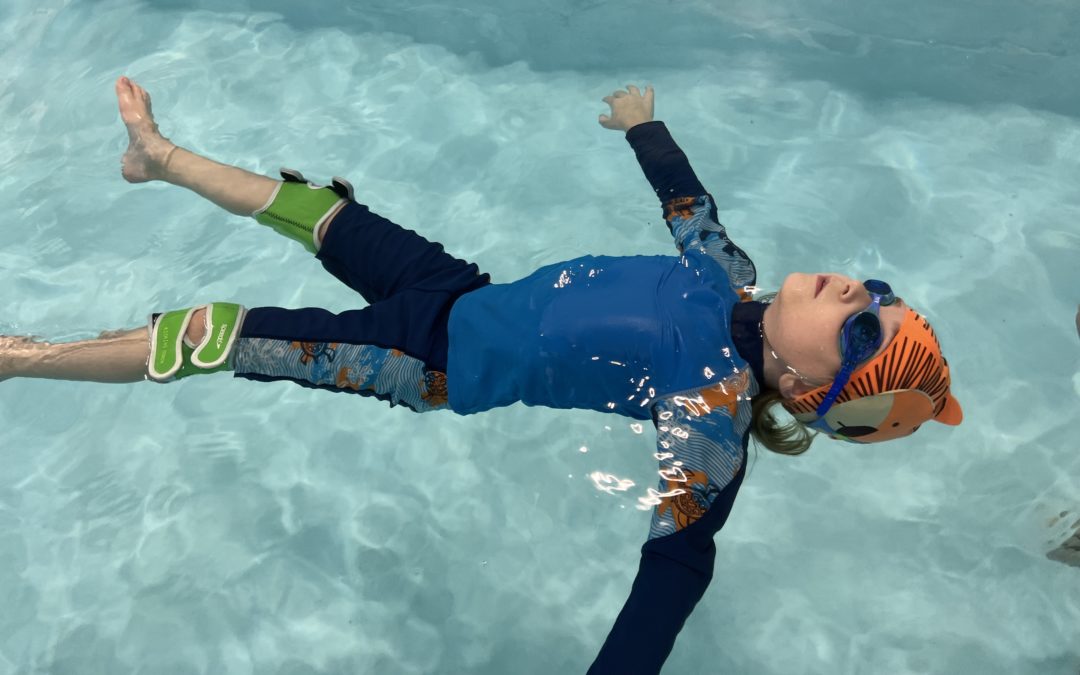It might seem silly to take your little one to the pool before they can even walk, or crawl, but there are many benefits to starting infants in swim lessons. Here are six!
1. Bonding
Swim lessons give you an opportunity for one-on-one time with your little one. For 30 minutes, you’re holding them close, not worrying about doing any other tasks and giving them your full attention. The physical touch and uninterrupted time is a great time for bonding for baby and caregiver.
2. Learned Safety Skills
Did you know drowning is a leading cause of accidental death among infants and toddlers? As much as we take precautions for car and crib safety, we often don’t think about water safety with an infant. In our parent tot swim lessons, little ones will practice safety skills including permission to enter the pool, back floats, caterpillars, climbing out of the pool and grabbing onto the wall. All of these skills can be lifesaving and can be learned very early on.
3. Helps their brain grow
Bilateral cross-patterning movements (movements that require opposite sides of the body to work together) such as crawling and swimming help a baby’s brain grow by building neurons. This can later translate to better language development, reading skills, fine motor skills, and spatial awareness.
4. Promotes sleep
Isn’t this reason enough for new parents to sign up for anything? While we can’t make any promises, gentle exercise helps babies eat and sleep better. Being in the water is tiring and as little ones work their arms and legs, they will undoubtedly want to rest afterward.
5. Helps their motor skills
Doing caterpillars and leg kicks in swim lessons are movements little bodies don’t get to practice outside of the water. Trying these new movements, and others, can boost motor development.
6. Better Balance
One study found that babies who had swimming lessons from a young age had better balance and the ability to reach for things, when compared to babies without swim lessons. The study compared 19 baby swimmers against 19 baby non-swimmers and found that even years later the swim group was better able to walk on tiptoes, balance on one foot, skip rope, roll a ball into a goal, and catch a bean bag.

